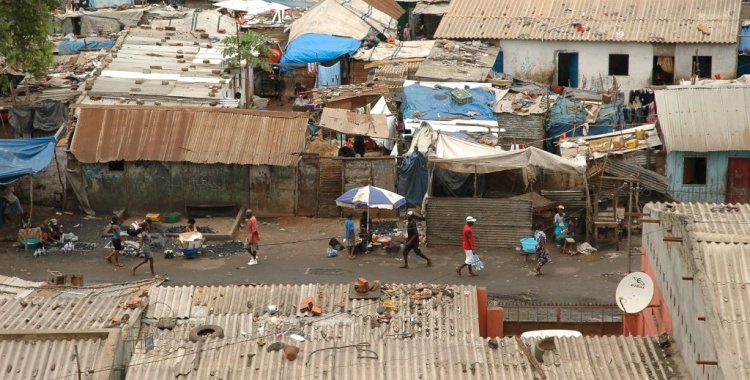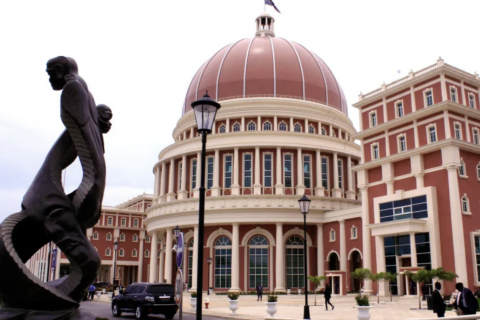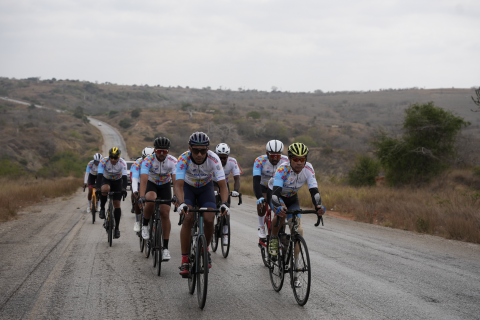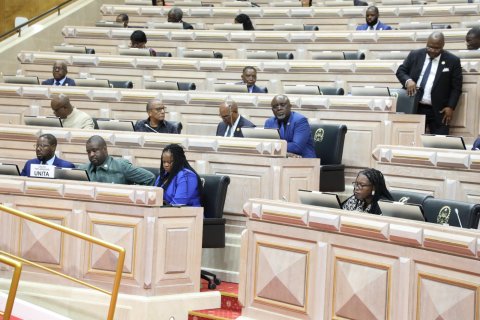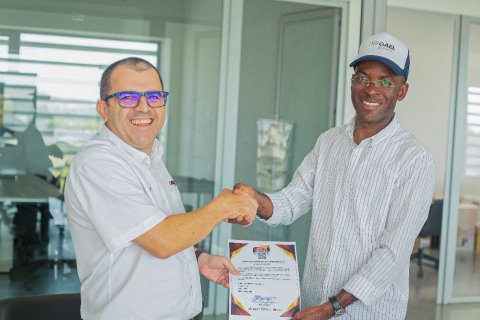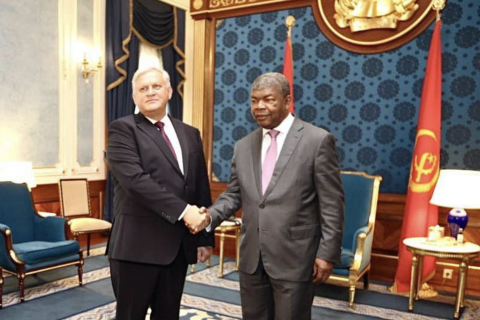According to Leonardo Sapalo, the accident occurred on Tuesday afternoon in the municipality of Cacuaco, affecting children aged between 2 and 12.
This information was also confirmed by the spokesperson for the Luanda Police, Euler Matari, who said that the minors were playing in a rubbish dump near their homes, from where they had taken some ferrous materials and taken them home.
“At home, one of the boys pulled the fuse of the grenade, which went off seconds later, injuring six children, four of whom were seriously injured, and three children ended up losing their lives at the scene,” Euler Matari told Lusa.
In turn, Leonardo Sapalo said that the children had improperly handled a hand grenade, found in a rubbish dump in the Boa Esperança neighbourhood, in Cacuaco.
The director of the National Mine Action Agency said that awareness campaigns on the dangers of mines are continuing, especially in areas of greater contamination, where demining operations are underway, with specific teams to educate people about the risk of explosive devices.
“The truth is that we need to create more dynamism in this area so that information is increasingly comprehensive for all residents in our territory,” he stressed.
In Luanda, this is the first accident this year, with records already being held in the provinces of Lunda Norte, Huambo, Cuando Cubango, Cuanza Norte, Cunene and Bié, totaling ten accidents involving explosive devices.
“In the first half of the year alone, we have recorded 13 injuries and ten deaths, mostly children, those who play with these devices the most, as well as teenagers who collect ferrous material for heavy households,” he stressed.
Regarding demining efforts in the country, Leonardo Sapalo said that this task continues “with reduced intensity”, because financial aid has decreased.
“There are major efforts to mobilise [financial] resources in order to reverse the situation where there are still areas known to be contaminated with explosive devices, this effort is being made to give the country new momentum”, he stressed.
According to the official, the country has 1,039 areas with 70 million square metres to be demined, a situation that with the mobilisation of national and international financial resources “can be reversed immediately”.
Leonardo Sapalo stated that the country has human and material resources available, but needs to mobilise financial resources totalling 238 million dollars, so that at least 85 percent of the known areas are free of mines, within a period of two and a half years.
The contaminated areas include the provinces of Cuando Cubango, Moxico, Bié, Cuanza Sul, Lunda Norte, Lunda Sul, Bengo and Cabinda, with some regions gradually becoming clean, such as Huambo, “which is practically in the final stages”, Uíje, Zaire and Cuanza Norte.
Angola’s largest financial partners continue to be the United States, the United Kingdom, Belgium, Norway and Japan.
“They are still with us. In terms of direct international actors, we should highlight The Halo Trust, the Norwegian Popular Aid, MAG and APOPO, while the national one is Apacominas, which has received support from Japan and is in advanced contact with Belgium to approve proposals”, he said.
The Government is also committed to having the demining brigades of the Angolan Armed Forces’ national demining centre operational, to launch an operation to eliminate identified areas.
Leonardo Sapalo noted that these are large investments and the process is complex due to the multiplicity of actors involved in the war period in Angola.

